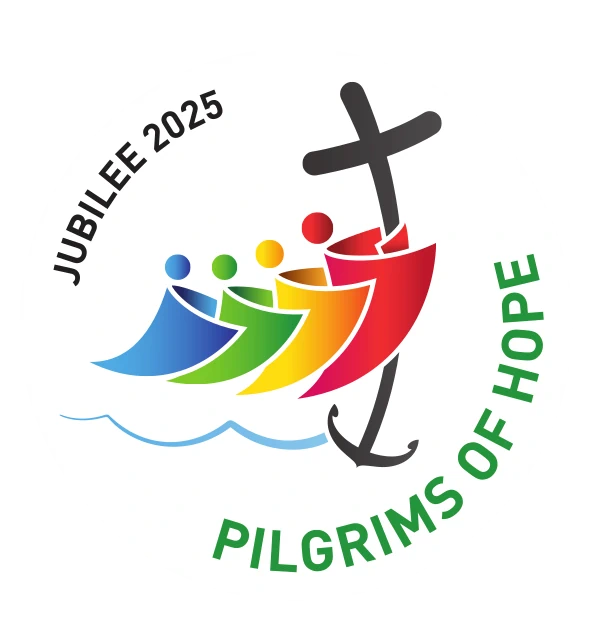Welcome to the start of your child’s reading and writing journey at St Albans Catholic Voluntary Academy.
We know how important it is for parents and teachers to work together to give your child the best start. Reading together at home is one of the most effective and important ways in which you can help your child. To support your child in becoming an effective and confident reader we hope to work with you to develop their knowledge of phonics (sounds) to enable them to decode different words they may come across.
At St Albans Catholic Voluntary Academy, we follow Sounds-Write™ – a quality first phonics programme. It is a comprehensive system with which to teach reading, spelling and writing.
Sounds~Write™ – what is it?
Sounds~Write™ is a highly regarded linguistics programme that begins with sounds in the language and moves from sounds to the written word. Children, in their daily phonics sessions, are taught conceptual knowledge and skills that enable them to say the sounds and read the words. We will refer to the Initial Code (Reception Year) and the Extended Code (KS1).
Sounds -Write teaches children:
- Letters are symbols (spellings) that represent sounds.
- Each sound may be represented (spelled) by a 1, 2, 3 or 4-letter spelling.
- The same sound can be spelled in more than one way (goat, slow, note, toe, over).
- Many spellings represent more than one sound (ea in read and bread).
The following skills are taught throughout the Sounds-Write programme:
- Blending – the ability to push sounds together to build words (c-a-t = cat)
- Segmenting – the ability to pull apart the individual sounds in words (pig = p-i-g)
- Phoneme manipulation – the ability to insert sounds into words and delete sounds out of words. This skill is necessary to test out alternatives for spellings that represent more than one sound.
During the Initial Code, the children learn that:
- sounds can be represented by spellings with one letter
- that some spellings are written with a double consonant
- some spellings are written with two different letters.
During the ‘Extended Code’ the children learn:
- a spelling can represent more than one sound
- the most common sounds represented by the target spelling
- how to manipulate alternative sounds in and out of words
It is important to note that speed and accuracy need to be achieved for all three of the above skills in order for them to become automatic. We will always be talking about sounds not letters, and you can help most effectively by not using letter names, only sounds.
In the first few weeks, the focus is primarily on developing speaking and listening skills. Speaking and listening are an important set of literacy skills that will create the foundation to a lot of your children’s further learning. Children explore and experiment with sounds and become familiar with rhyme, rhythm and alliteration. Parents can play a vital role in helping their children develop these skills by encouraging them to listen carefully and talk extensively about what they hear, see and do.
The Extended Code lasts throughout Year 1 and Year 2 and the skills they learn will continue to be applied in their reading and spelling well beyond this time. Throughout the programme, close links are made between reading and spelling.
At the end of Year 1, children will undertake the Year 1 Phonics Screening Check. This is a statutory requirement of all children in England. Working 1:1 with their teacher, children will read 40 words, some of which are real and some of which are pseudo (made up/’alien’) words containing the 40+ phonemes they have learned during their first two years in school. The check is designed to give both teachers and parents information on how your child is progressing in phonics. The pass mark is set each year and is usually around 32 correct answers out of 40. Children who do not reach this standard will receive more phonics support in Year 2 and re-take the check at the following year.
Example Year 1 Phonics Check






